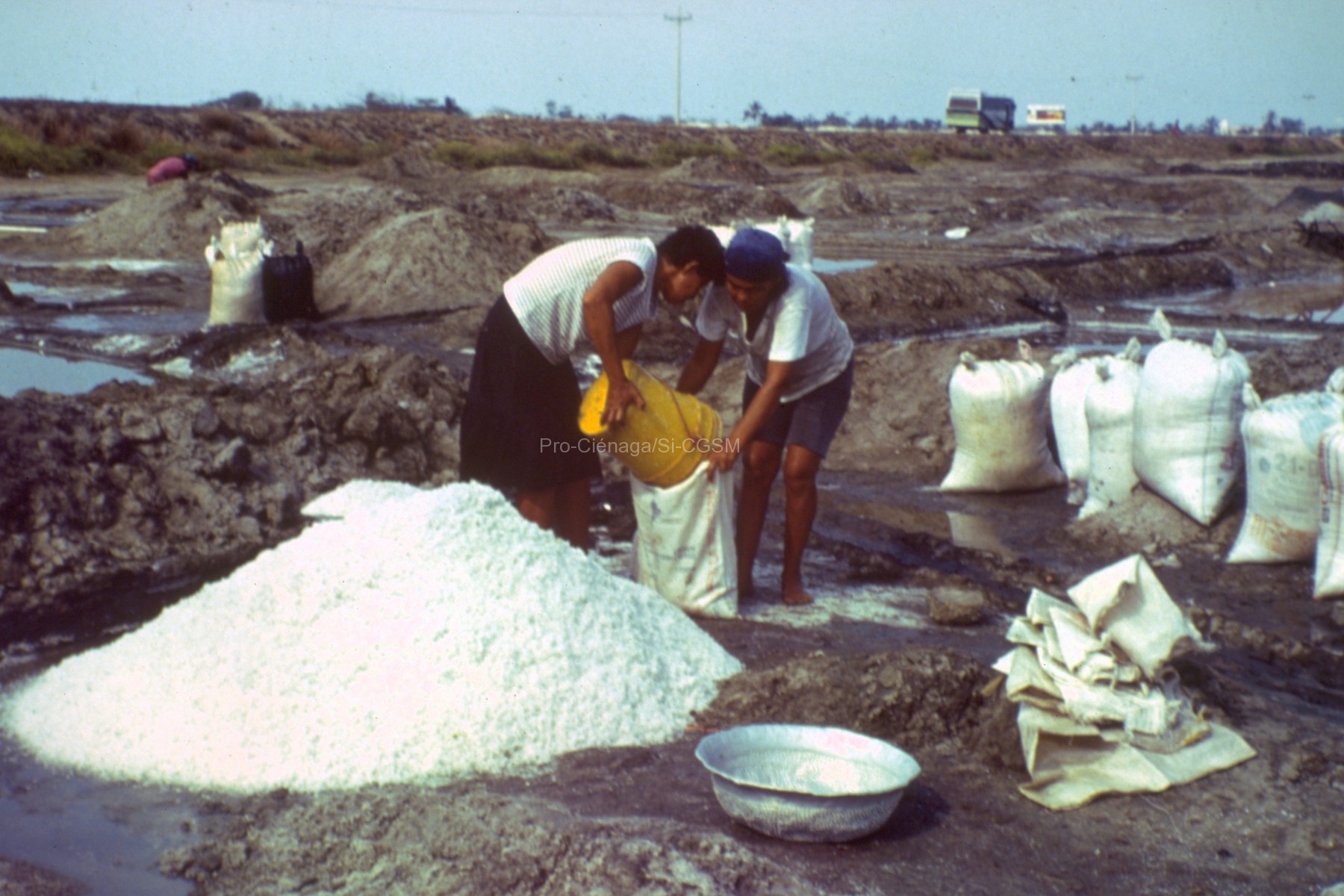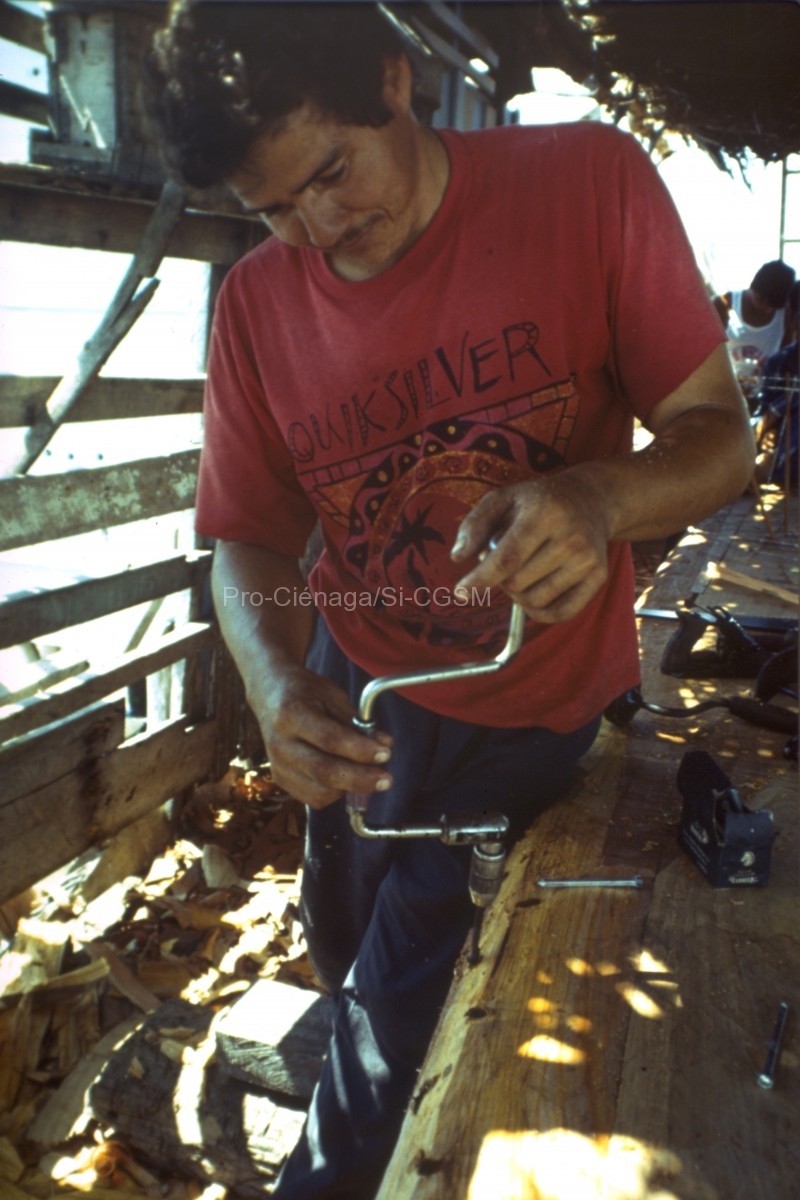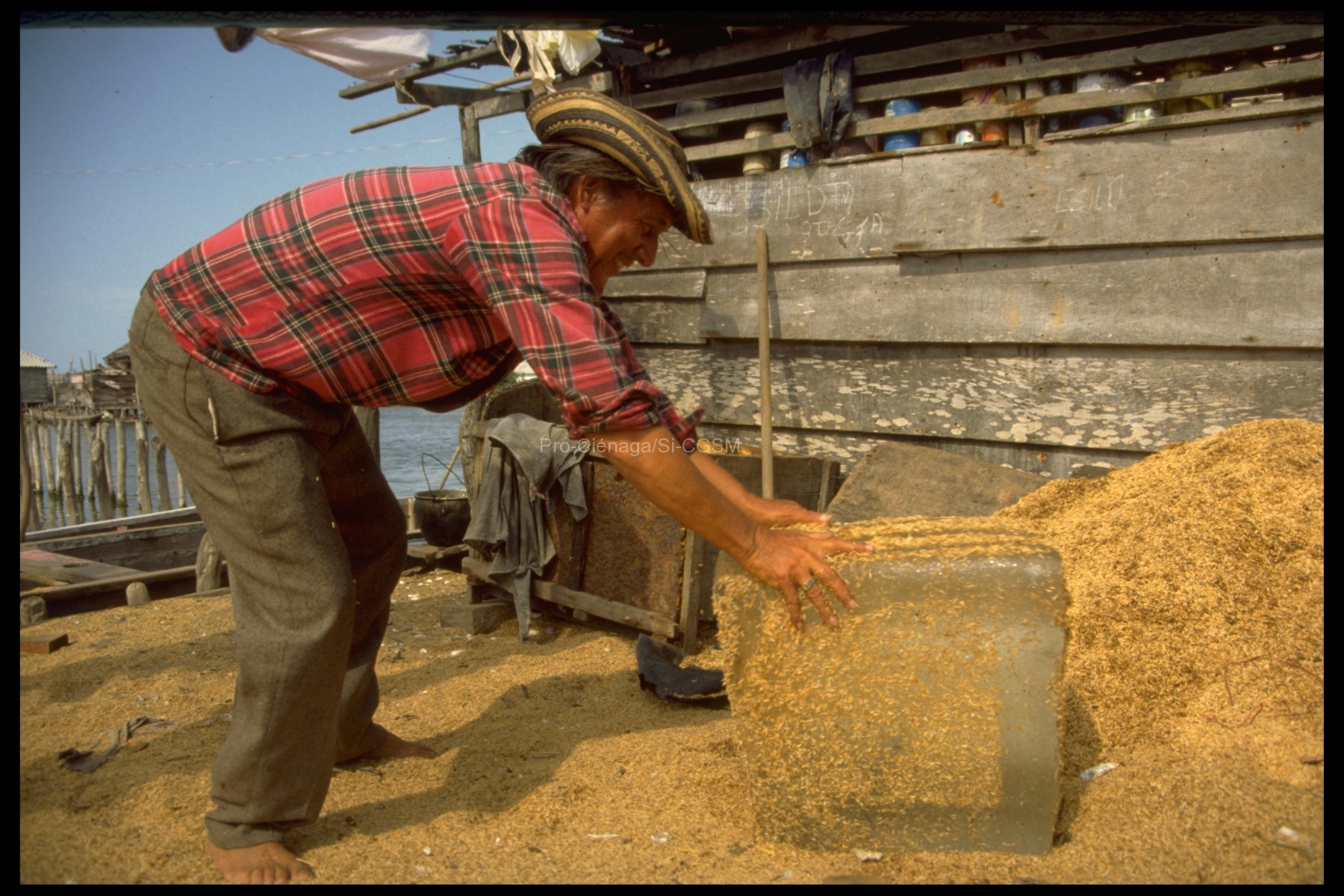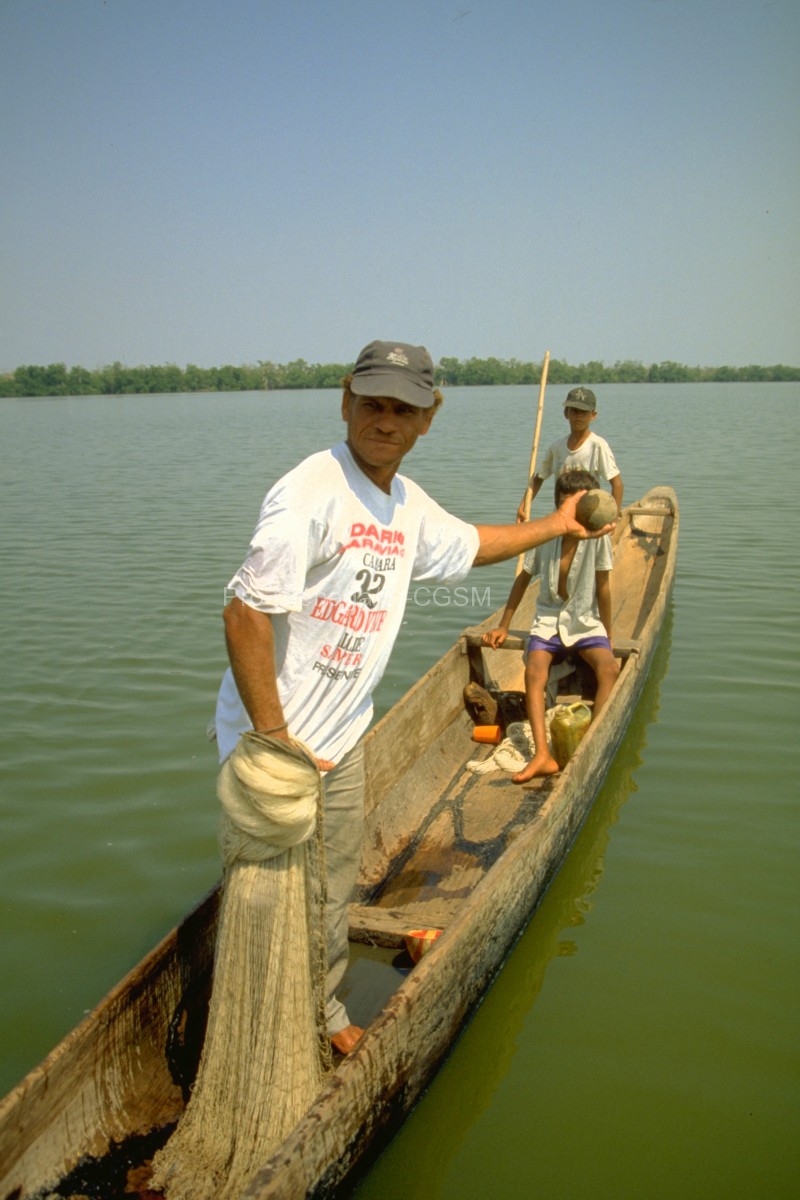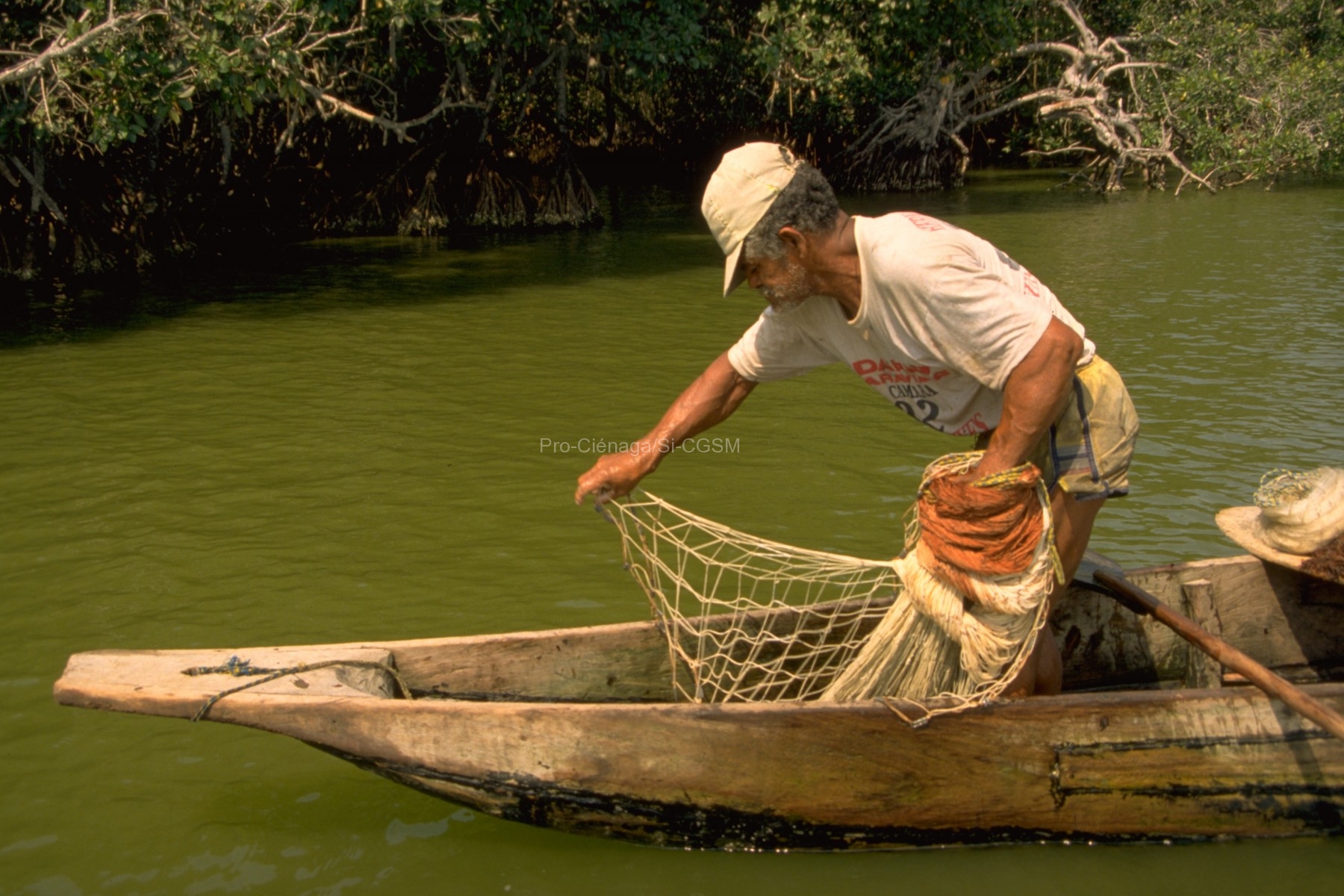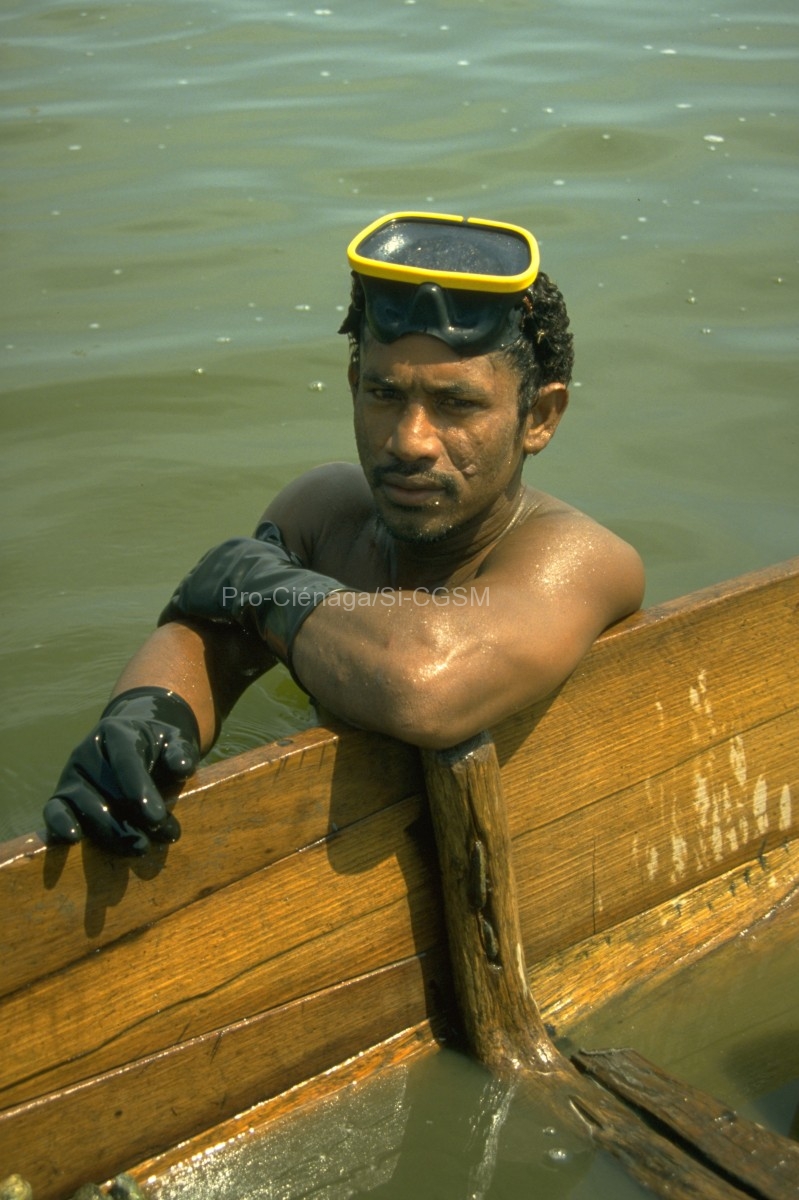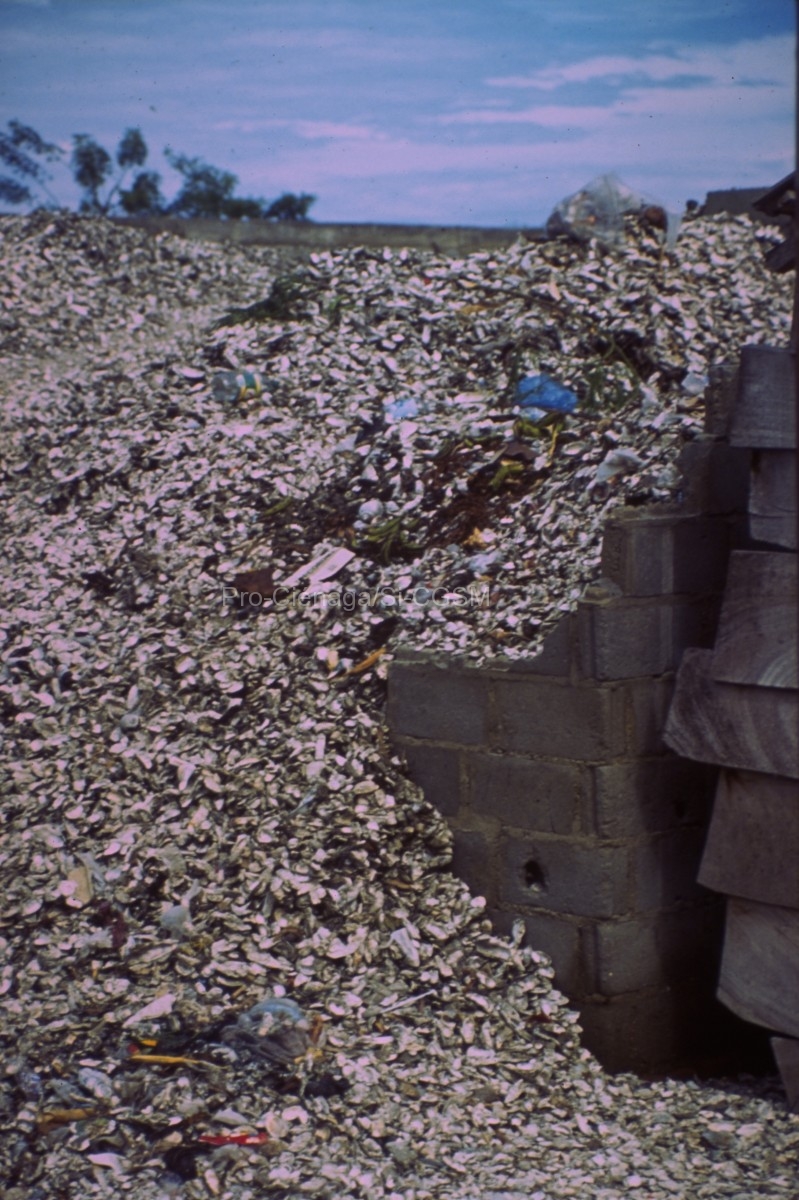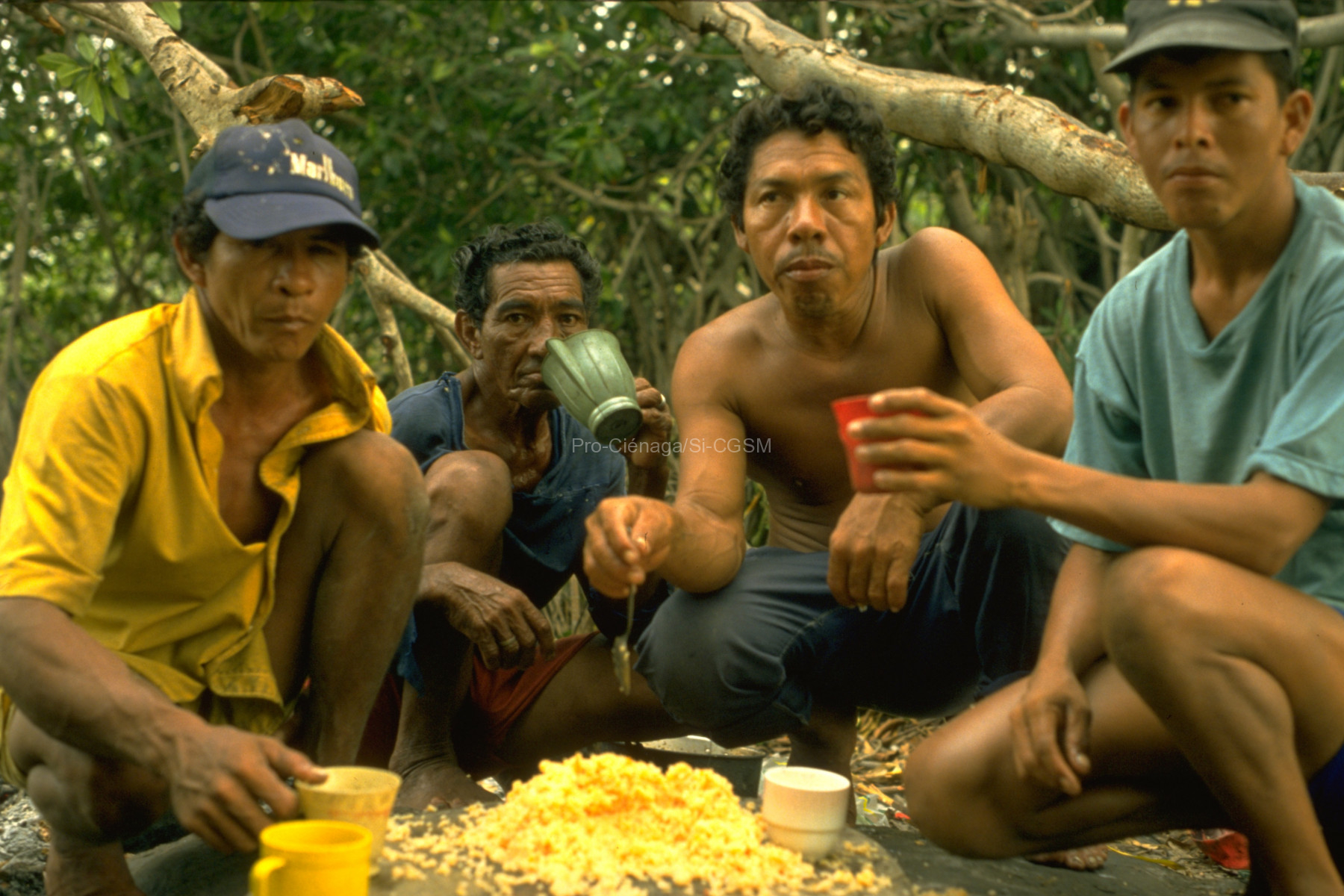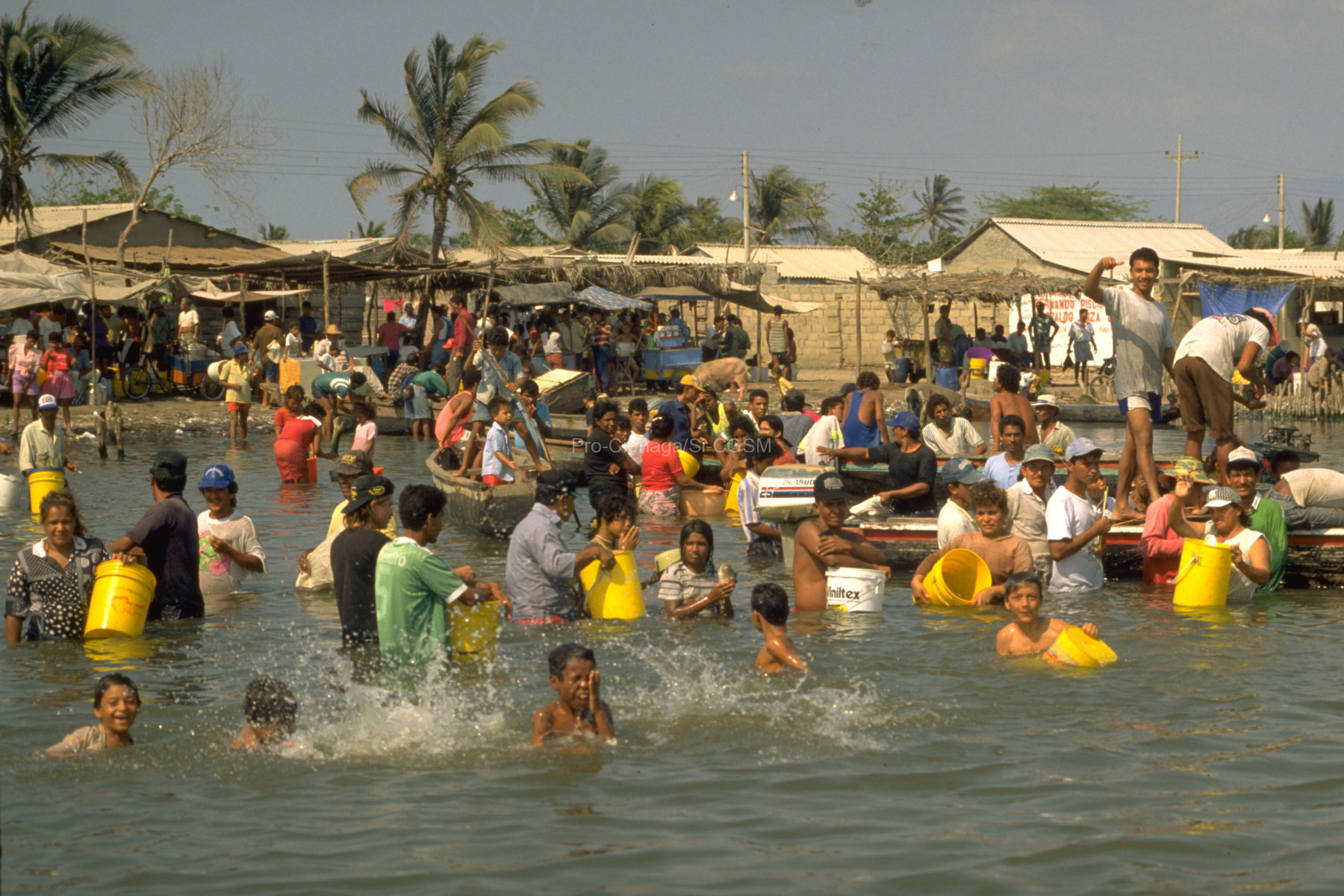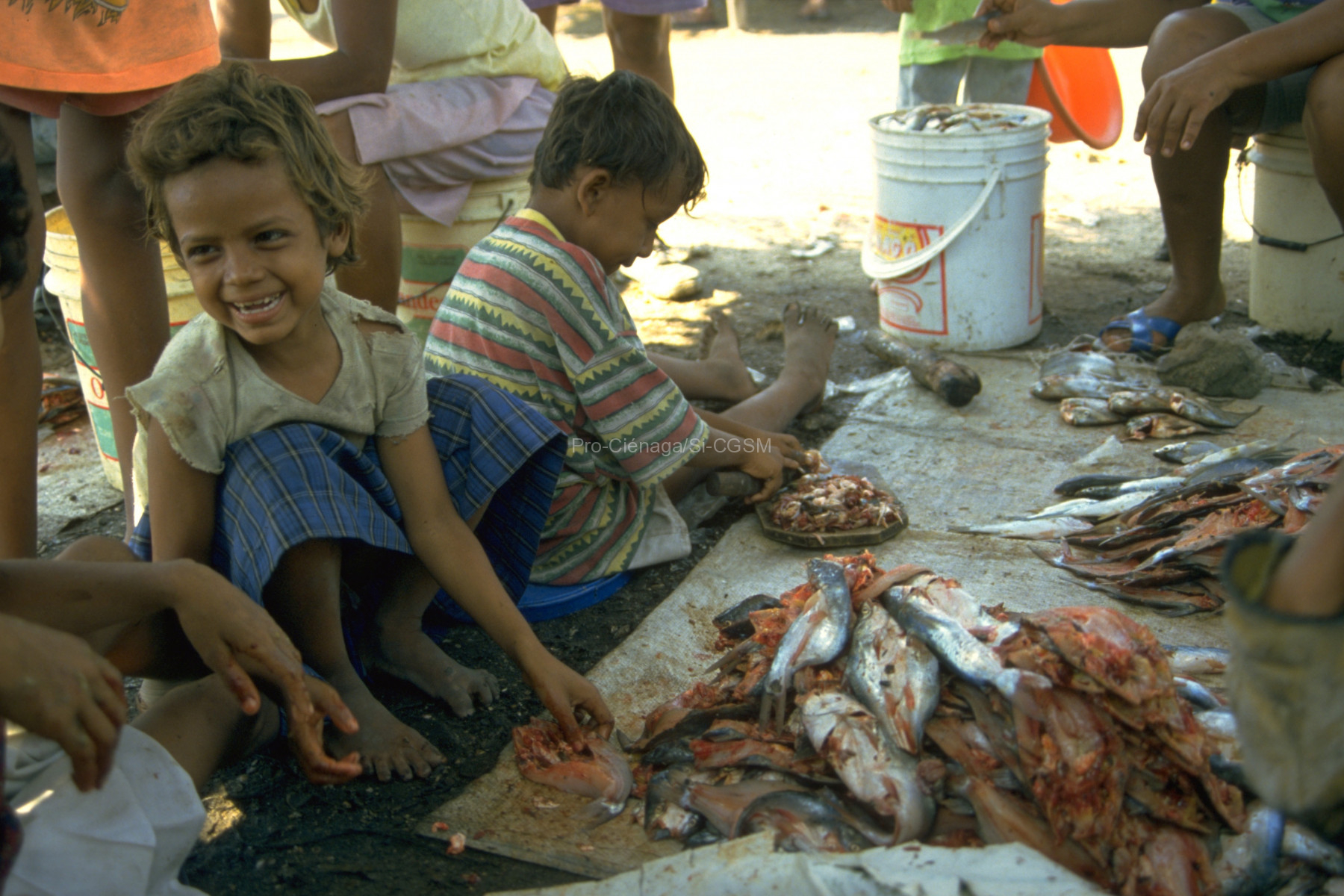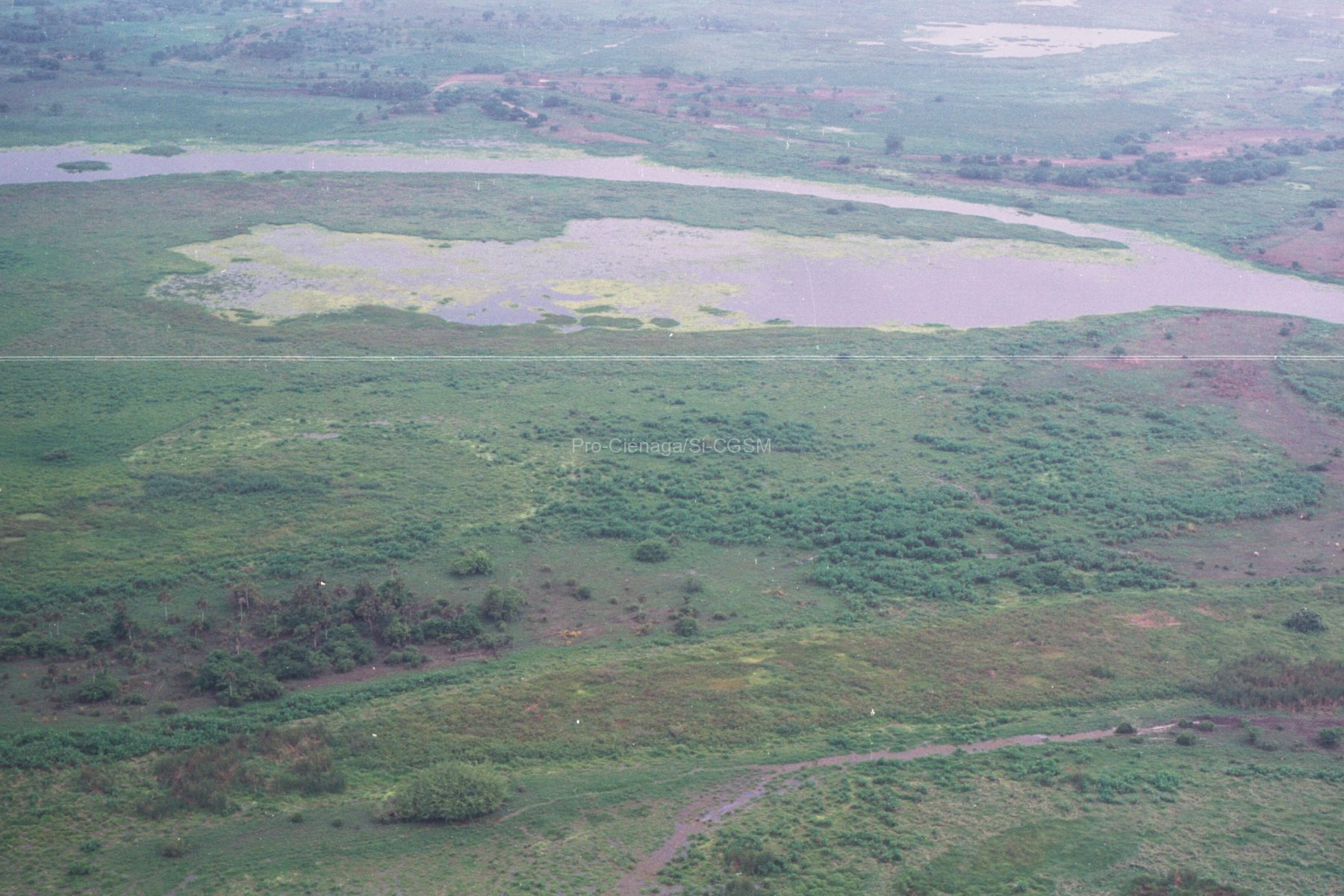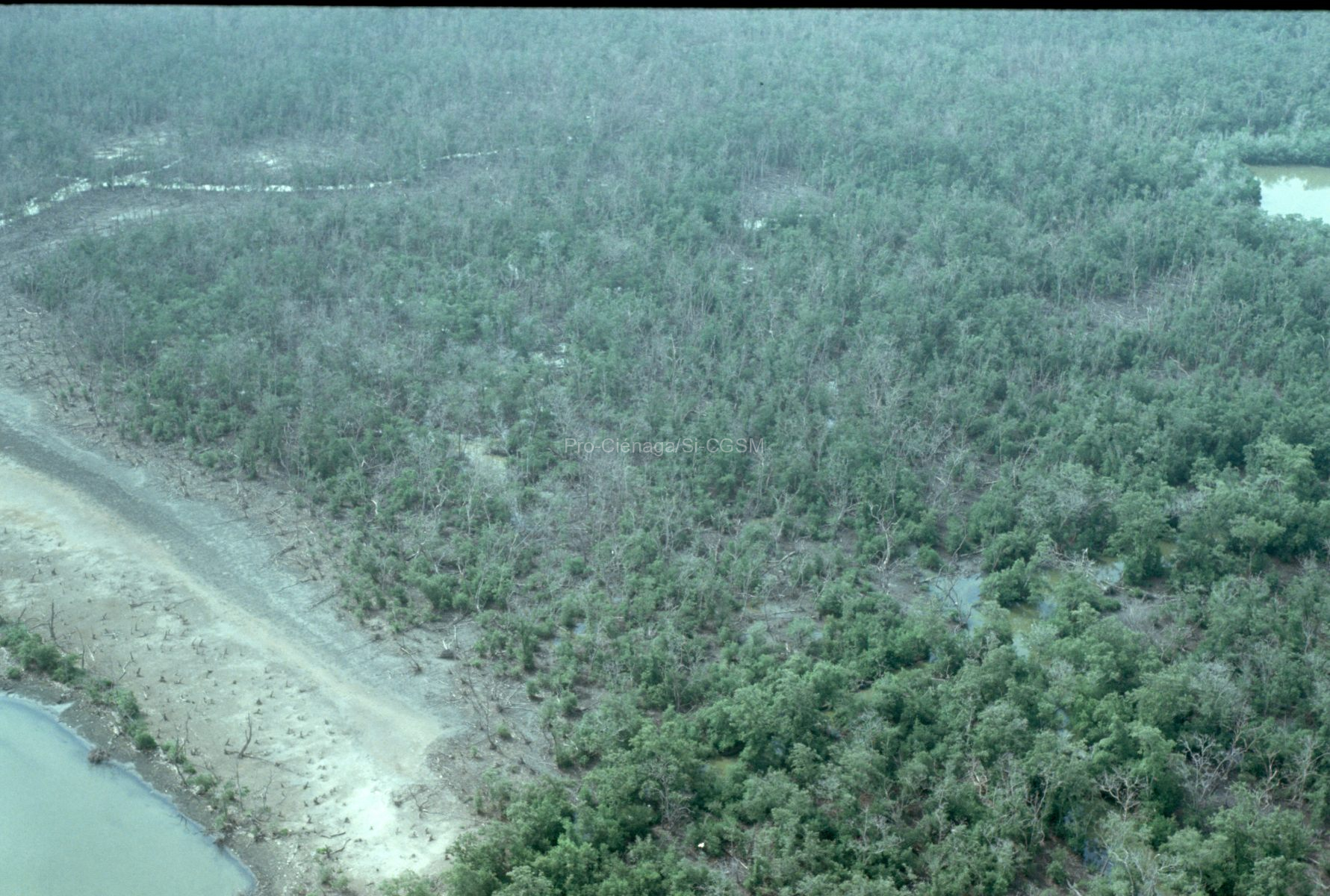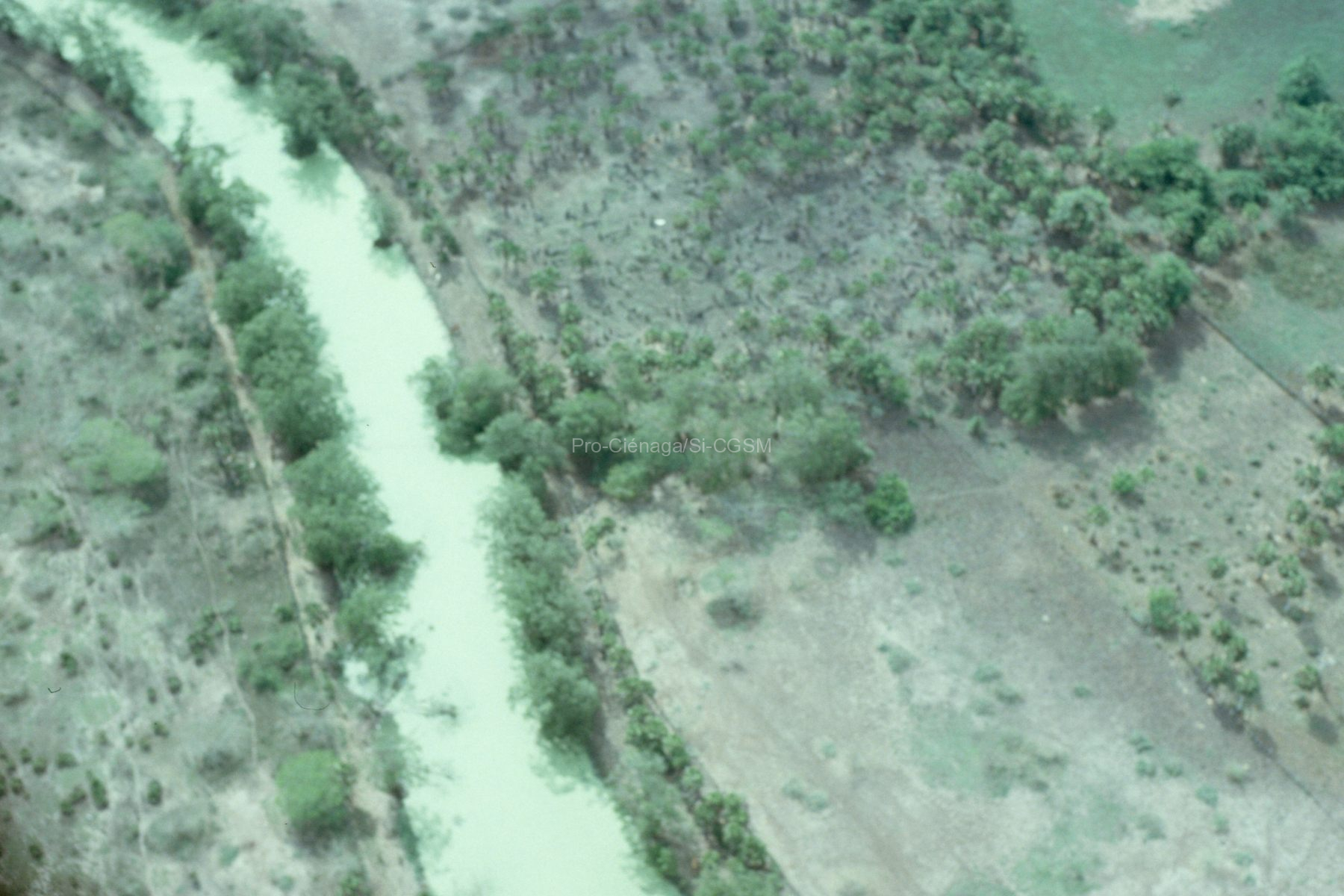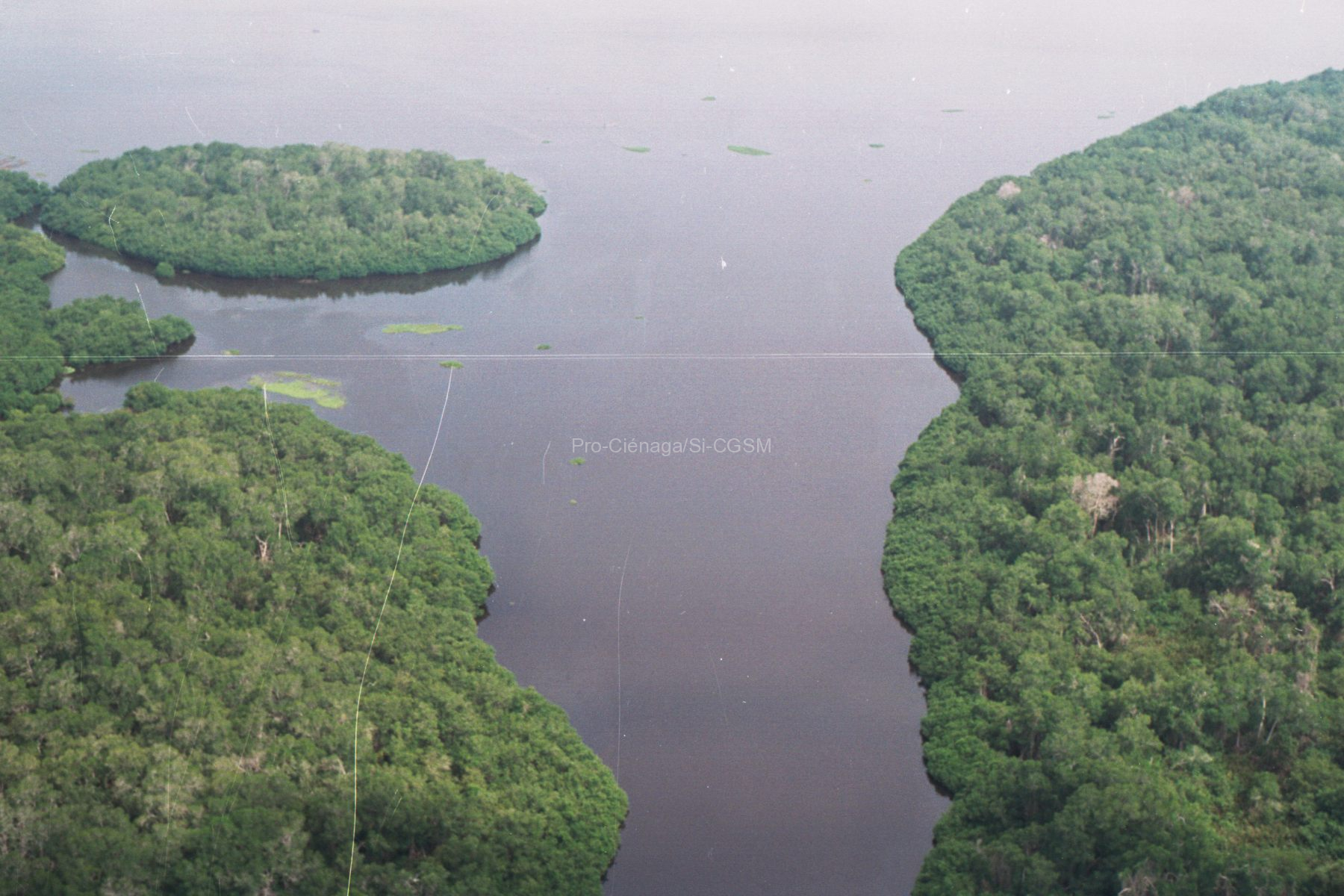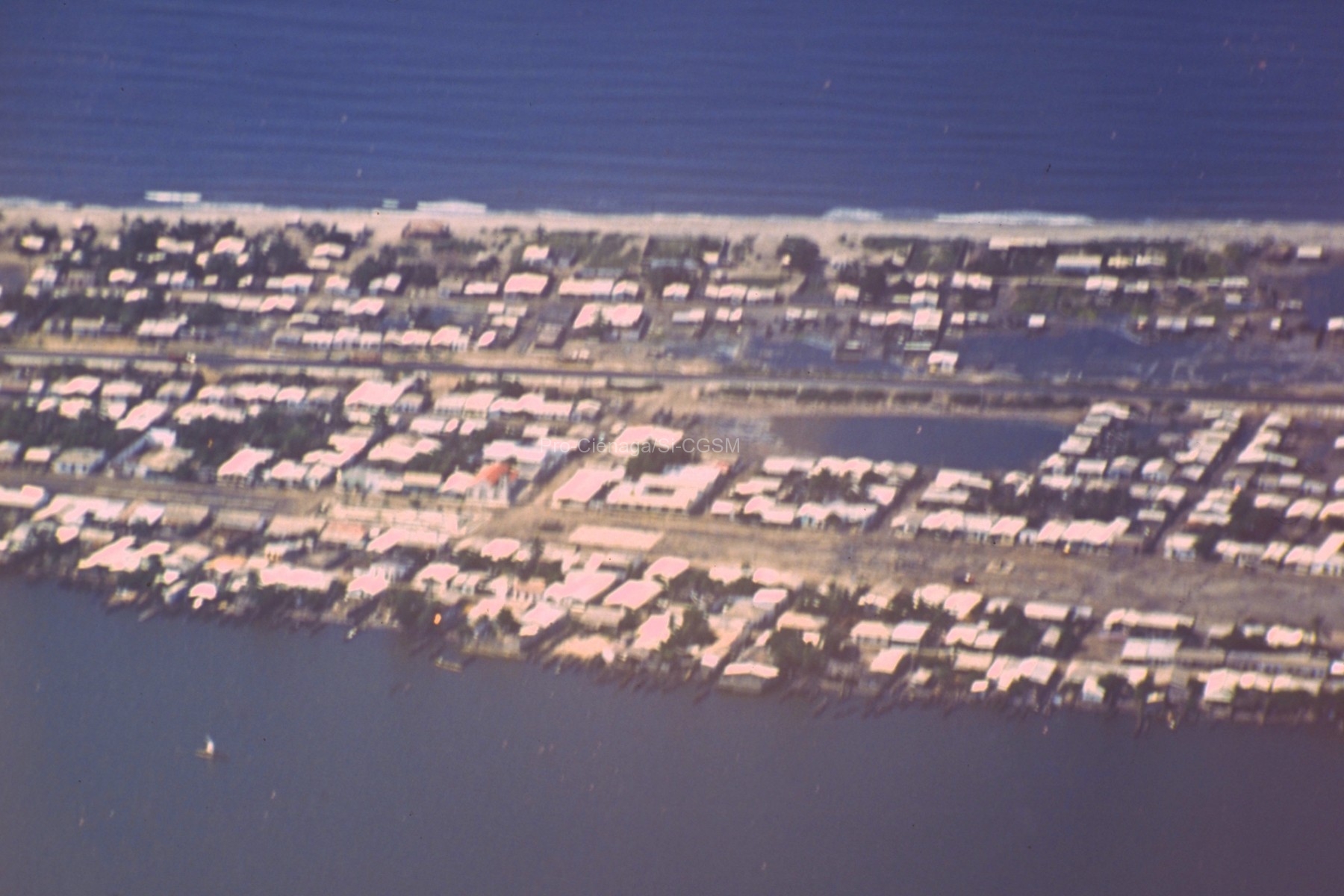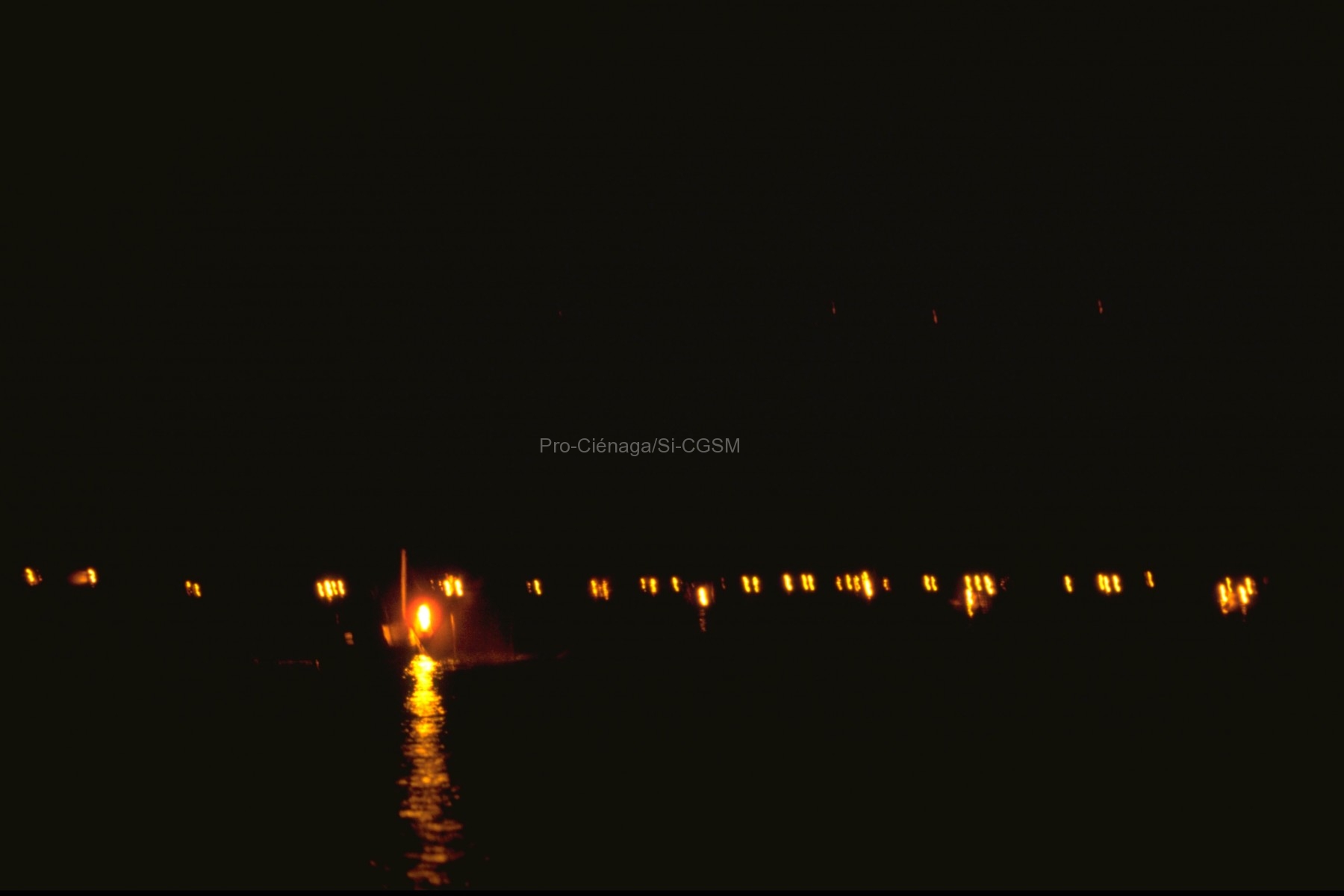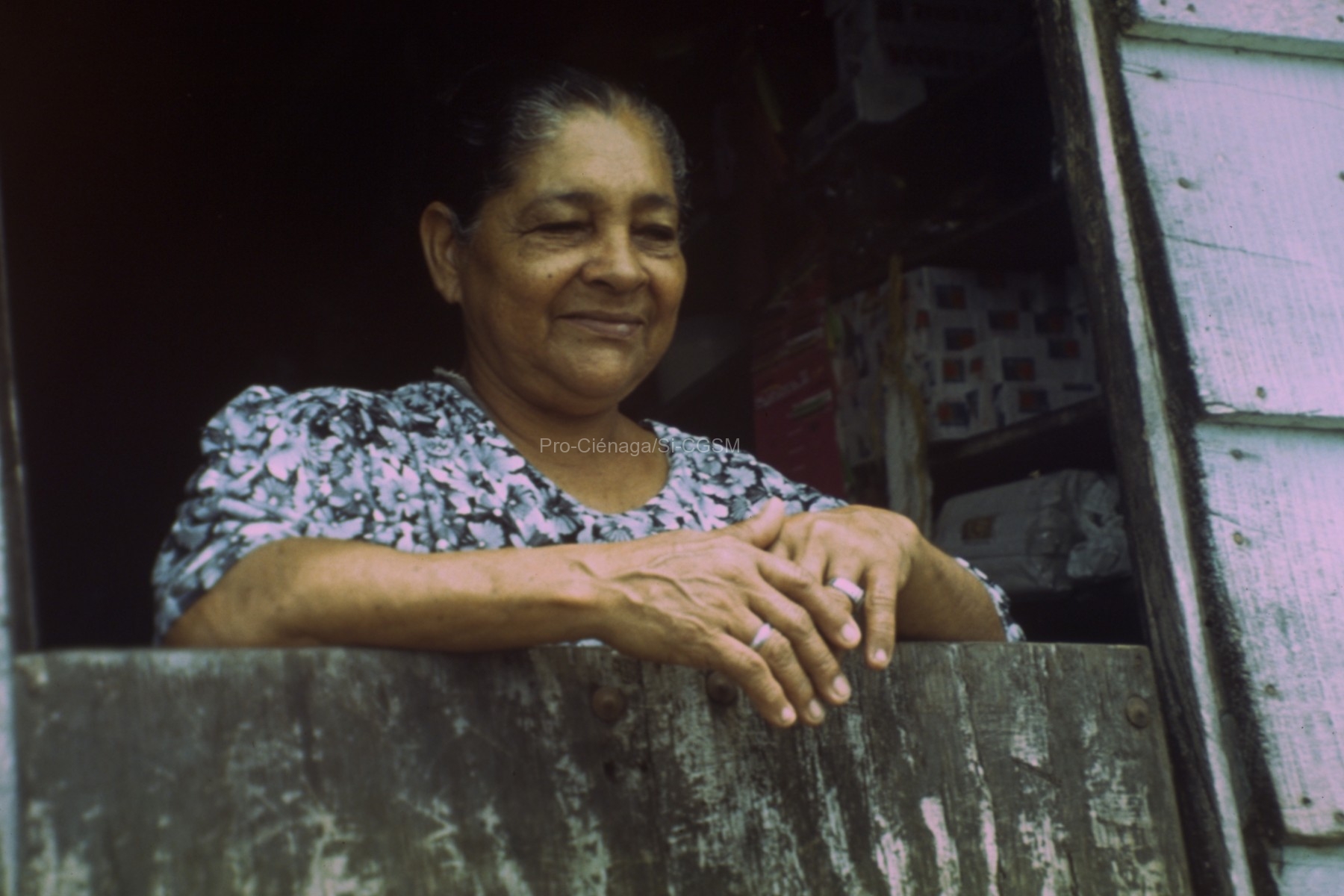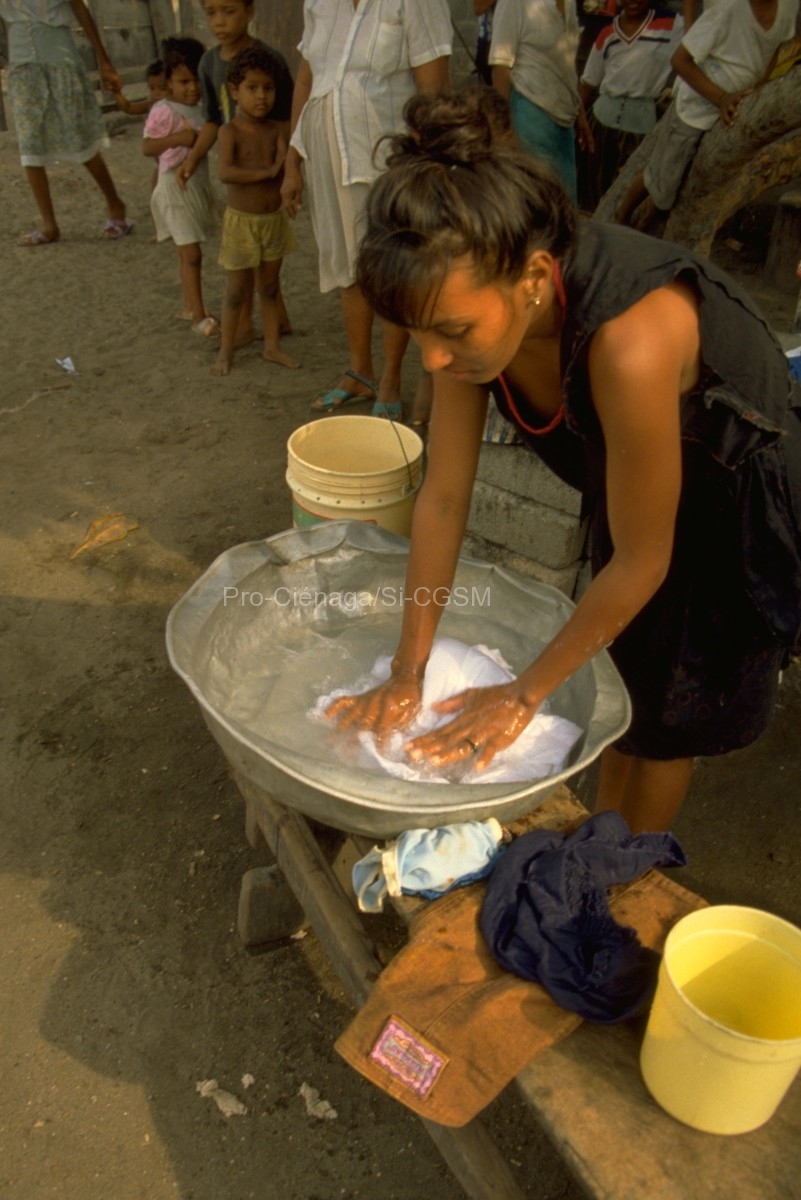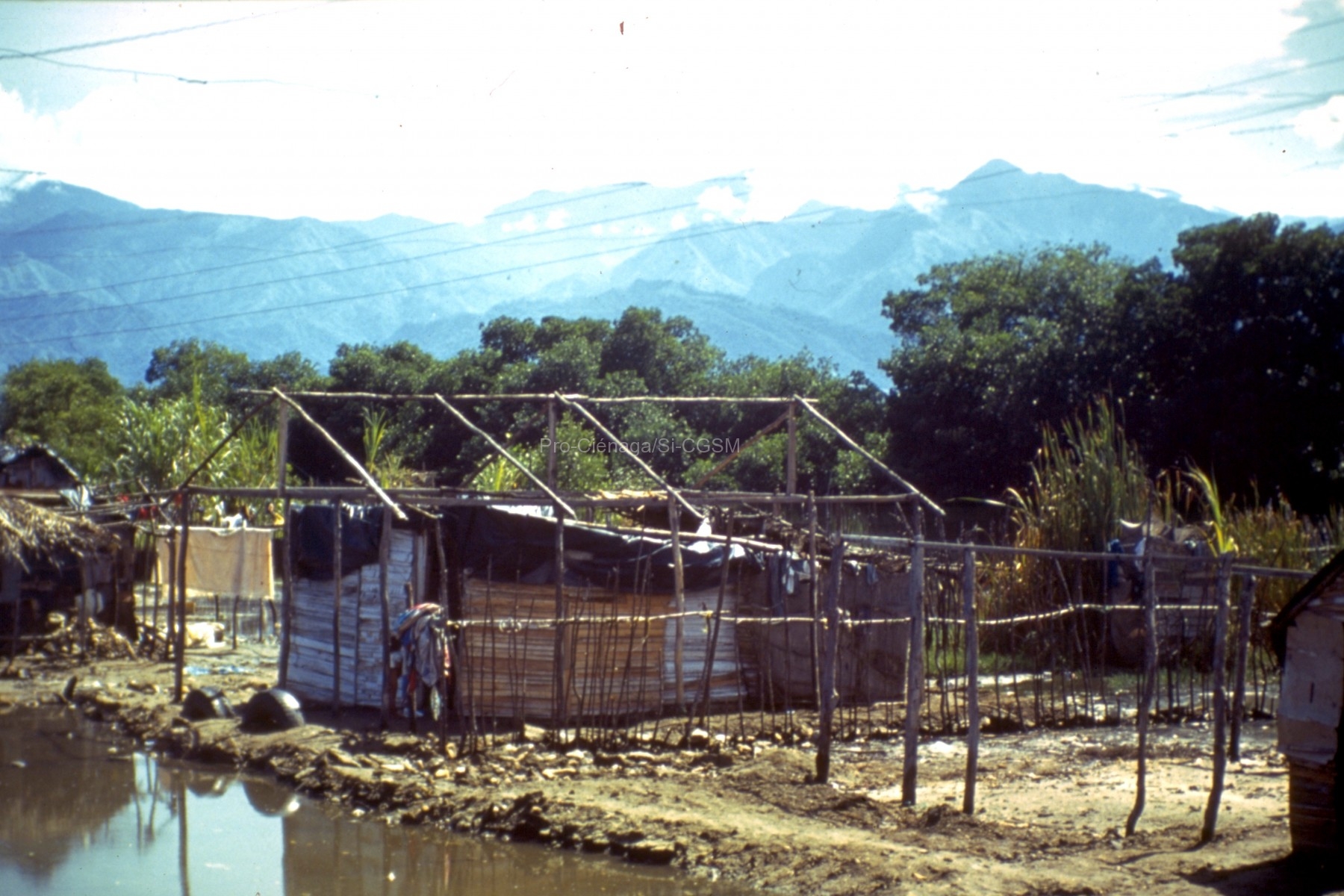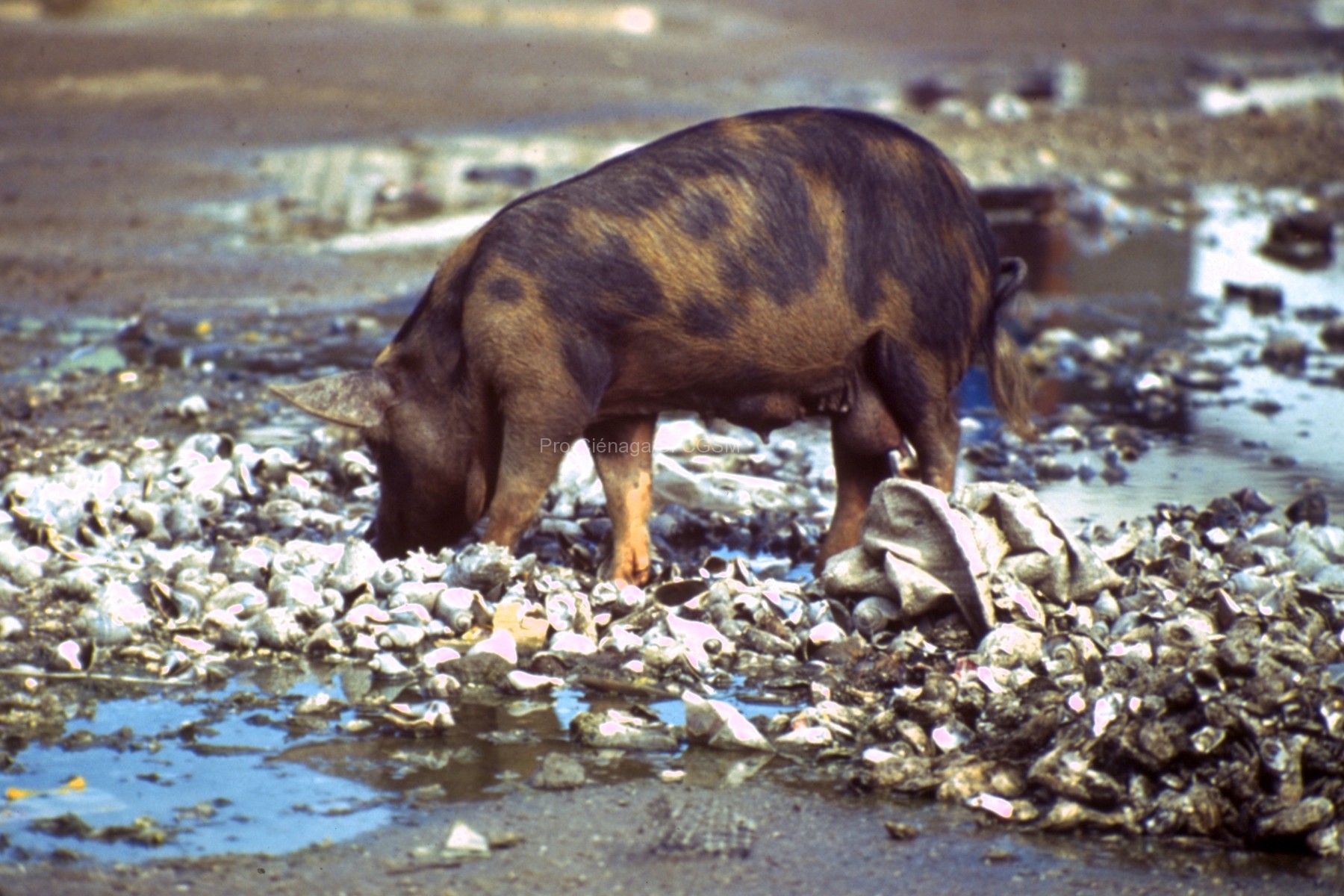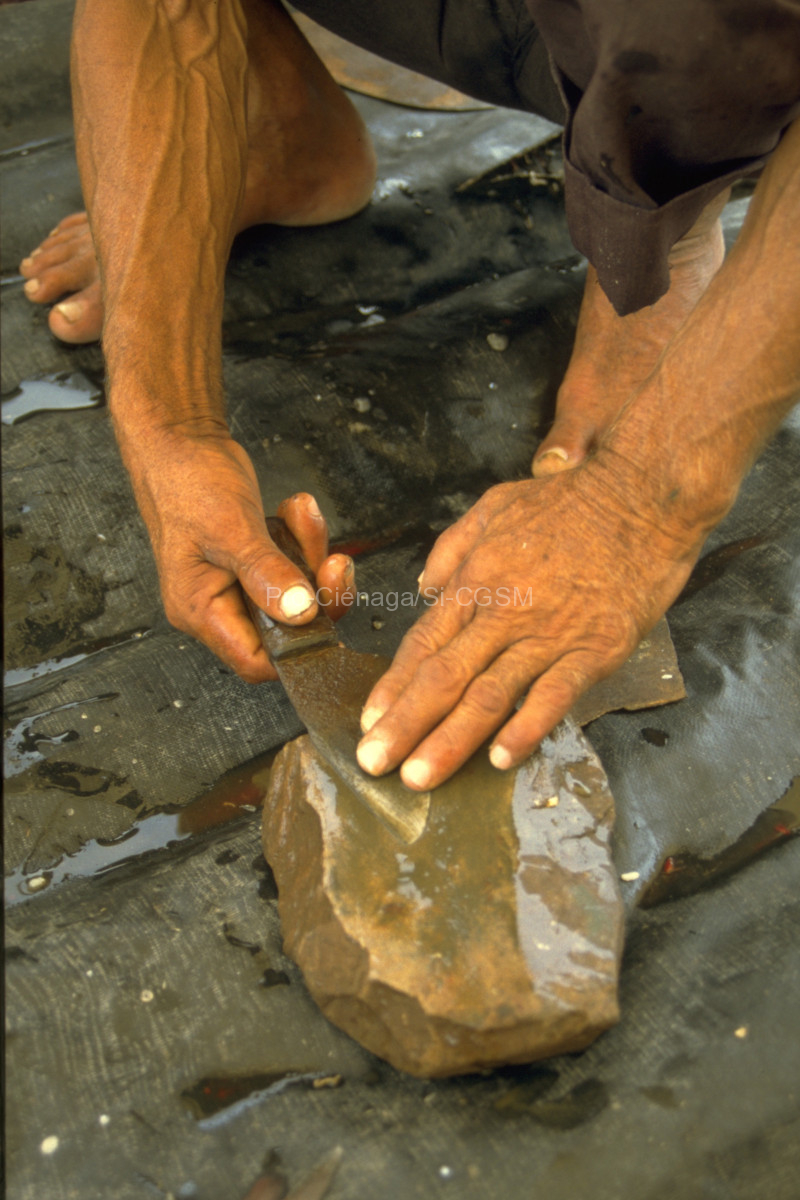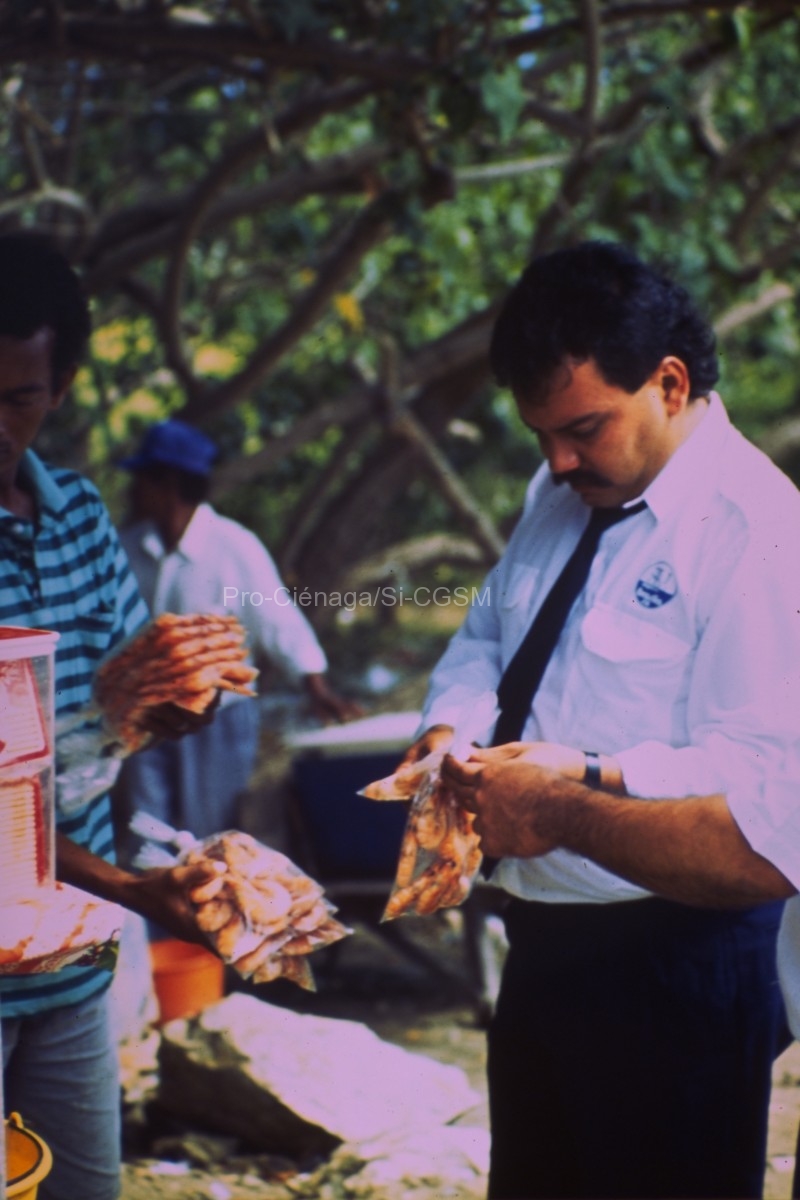https://www.iucnredlist.org/species/197488/2489493 Range Description: The range of this species includes lowlands and adjacent premontane slopes from the Isthmus of Tehuantepec, Mexico, on the Pacific slope, through northeastern...
Seguir leyendo...Biodiversidad
La Marca, E., Solís, F., Ibáñez, R., Jaramillo, C., Fuenmayor, Q., Reynolds, R., Trefaut Rodrigues, M., Mijares, A., & MacCulloch, R. (2010). Pleurodema brachyops. The IUCN Red List of Threatened Species, e.T57283A11599287.
https://www.iucnredlist.org/species/57283/54352211 Range Description: This species ranges from Guyana and northern Brazil (Roraima State), through Venezuela (including Isla Margarita) and eastern and northern Colombia into the Pacific...
Seguir leyendo...Kunze, C., & Gnittke, J. (1973). Die biologische Aktivität von Bakterien und Pilzen in zwei Bodenproben von der Isla de Salamanca (Kolumbien). Mitt. Inst. Colombo-Alemán Invest. Cient, 7, 11-14.
https://aquadocs.org/bitstream/handle/1834/3306/bacteria.pdf?sequence=1&isAllowed=y Se estudiaron las intensidades de la respiración y de la producción de catalasa de muestras de suelo de dos ditios ecológicamente diferentes de la Isla...
Seguir leyendo...Kucklick, M. (1987). Biomasa del fitoplancton y contenido del seston en un estuario de manglar / Phytoplankton-biomasse und Sestongehalt eines Mangroveästuars (Cienaga Grande de Santa Marta, Kolumbien). Tesis, Universität Stuttgart-Hohenheim. Botanisches Institut, 315 p.
DCA La Ciénaga Grande de Santa Marta, es un estuario somero rodeado por bosques de manglares extensos. Fluctuaciones contínuas de salinidad, debido al aporte de agua...
Seguir leyendo...Kohlmeyer, J. (1976). Marine fungi from South America. Mitt. Inst. Colombo-Alemán Invest. Cient, 8, 33-39.
https://doi.org/10.25268/bimc.invemar.1976.8.0.531 Collections made in Argentina, Brazil, Colombia and Peru provide new data on the geographical distribution of 13 marine fungi of the Ascomycetes and Deuteromycetes. The...
Seguir leyendo...Keiser, E. D. (1982). Oxybelis aeneus (Wagler). Catalogue of American Amphibians and Reptiles 305.1-305.4.
DCA DISTRIBUTION: Oxybelis aeneus occurs at low to moderate and occasionally higher elevations throughout most of the Neotropical Region, from southern Arizona, south along the eastern...
Seguir leyendo...Jeske?, R. (1996). Algunos aspectos de la regeneración de la vegetación en el área de la Ciénaga Grande de Santa Marta después de la reconstrucción de canales de conexión con el Rio Magdalena. (p. 16). Pro-Ciénaga.
DCA El ingreso de agua dulce a través del Caño Clarín al sistema lagunar de la Ciénaga Grande ha mejorado notablemente en los alrededores del canal...
Seguir leyendo...Jeske, R. (1976). Estudios bacteriológicos en la Ciénaga Grande de Santa Marta, Colombia. Mitt. Inst. Colombo-Alemán Invest. Cient, 8, 17-31.
http://boletin.invemar.org.co:8085/ojs/index.php/boletin/article/view/530/520 Mientras predominan las aguas salobres en la Ciénaga Grande se destacan las formas bacterianas halófilas. Durante la época de lluvias (invierno), disminuye la salinidad, sin...
Seguir leyendo...Jeske, R. (1975). Untersuchungen über den Einfluss von Salinitätsschwankungen auf die Bakterienflora in der Lagune Ciénaga Grande de Santa Marta (Kolumbien) und im angrenzenden Meeresgebiet. Kieler Meeresforschungen, 31, 7-16.
https://oceanrep.geomar.de/id/eprint/55919/1/Jeske_R_1975.pdf Durante un período de disminución de la salinidad (septiembre-diciembre 1973), se observaron los cambios de la población bacteriana en las aguas salobres de la laguna...
Seguir leyendo...Jerez, S., Morales-Giraldo, D., Millán, S., Quintero, P., & Ricaurte, C. (2017). Viabilidad de un proyecto de restauración coralina en el banco de las Ánimas, Departamento del Magdalena. Anexo 1. Caracterización de los fondos marinos del Banco de las Ánimas, departamento del Magdalena. Informe Técnico Final convenio de cooperación PNSA – INVEMAR 005-2016; p. 38. INVEMAR.
DCA INTRODUCCIÓN: Cualquier acción de restauración en un ecosistema, principalmente activa, tiene altos costos en términos económicos y de tiempo. Es por esto que el realizar...
Seguir leyendo...
